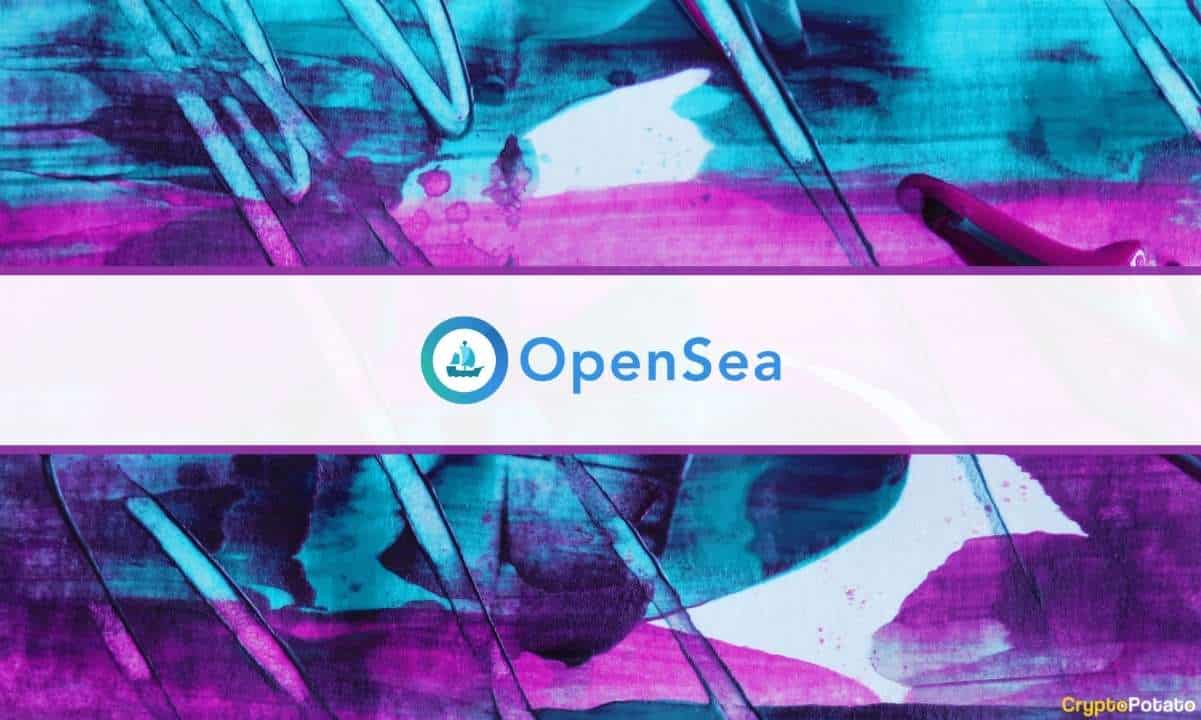The emergent NFT marketplace Blur may have raised an open battle against the once-market leader, but the latter appears to be making a comeback, albeit slowly.
According to Dune Analytics data compiled by sealaunch.xyz, the percentage of unique users on OpenSea saw an uptick since taking a plunge in mid-February.
Simultaneously, it was found that there has been a significant decrease in the average sale size per user on Blur after the airdrop. Since the event, the trading volume of major collections such as CryptoPunks, BAYC, Otherdeed, MAYC, Meebits, Moonbirds, CloneX, and Doodles decreased on Blur and instead rose on OpenSea.
BLUR, the governance token, was airdropped to the users last week. The tokens even accumulated more than $1 billion in trading volume.
1/ Since @blur_io airdrop, @opensea seems to be regaining volume market share (at a slow rate).
????
Check the @DuneAnalytics dashboard here
???? https://t.co/SUjGKFMxRg pic.twitter.com/v2cDi88CVX— sealaunch.xyz (@SeaLaunch_) March 3, 2023
Blur vs. OpenSea
As part of its power grab strategy, Blur updated its royalty policy which stated that the NFT creators can’t earn royalties on Blur and OpenSea simultaneously. During its launch in November, Blur refrained from imposing full royalties – it didn’t enforce a fee creators collect upon secondary sales of their digital collectibles. Rather, it was up to the buyers to opt whether to honor an artist’s royalty policy. However, this was later expanded to royalties with a minimum fee of 0.5%.
OpenSea reportedly needed new collections to block Blur from receiving enforced royalties. The latter then attempted to evade this blocklist by developing a new marketplace on OpenSea’s Seaport protocol. The goal was to enable creators to be able to receive full royalties on both platforms.
Last November, OpenSea unveiled collections that sought enforced royalties that must block marketplaces that do not fully honor them.
NFT sales volume skyrocketed in February this year, reaching levels not seen since Terra’s implosion. Blur mainly contributed to the surge. It surpassed OpenSea in trading volume.
Market Manipulation Allegations
Blur’s trading volume shot up above $1 billion in February. Even though the figures have since declined, the volume was reportedly generated by a small number of whales flipping NFTs back and forth to accumulate BLUR tokens via the firm’s incentives scheme.
Cryptoslam, a leading platform for tracking NFT sales, said it would remove $577 million worth of Blur trades from its data citing “market manipulation.”
It further revealed that 80.5% of Blur’s sales volume since February 14 has been wash trading. On the contrary, only 2.6% of OpenSea’s sales volume was wash trading during this same time period.
Binance Free $100 (Exclusive): Use this link to register and receive $100 free and 10% off fees on Binance Futures first month (terms).
PrimeXBT Special Offer: Use this link to register & enter POTATO50 code to receive up to $7,000 on your deposits.














